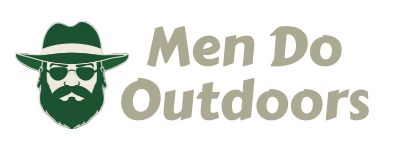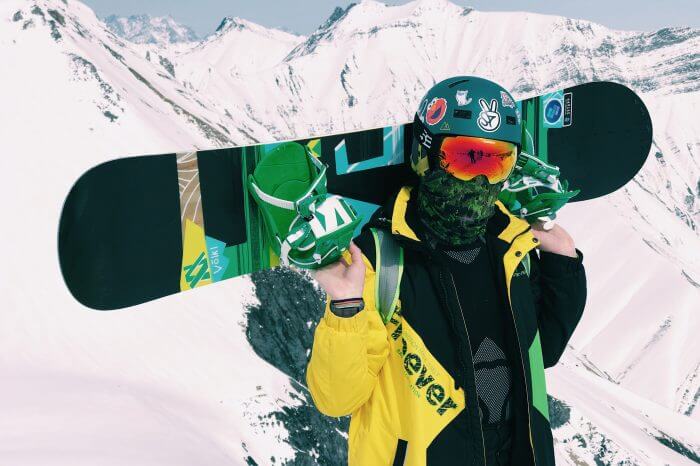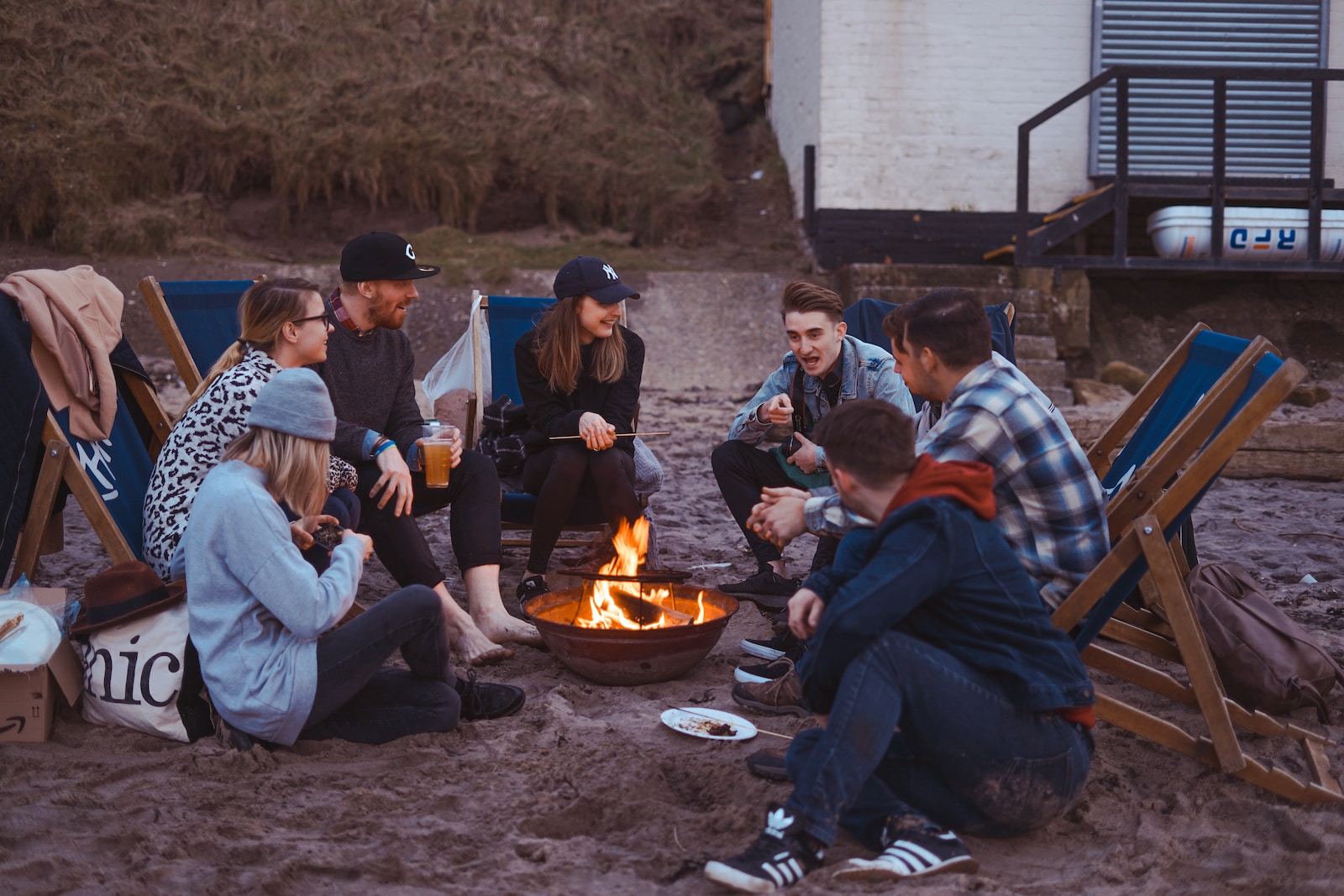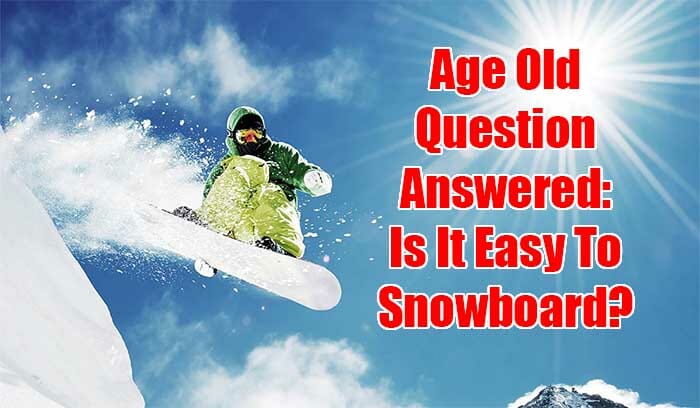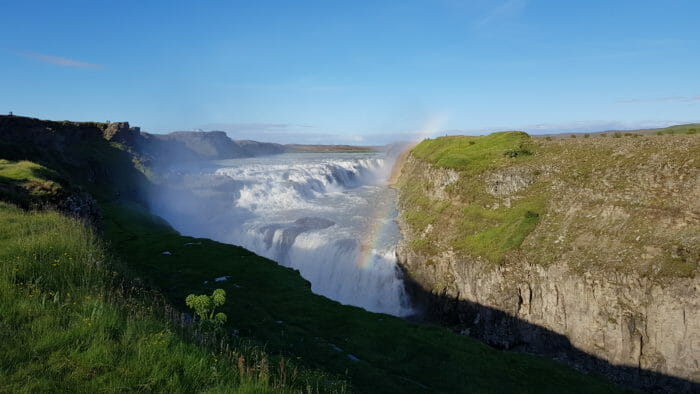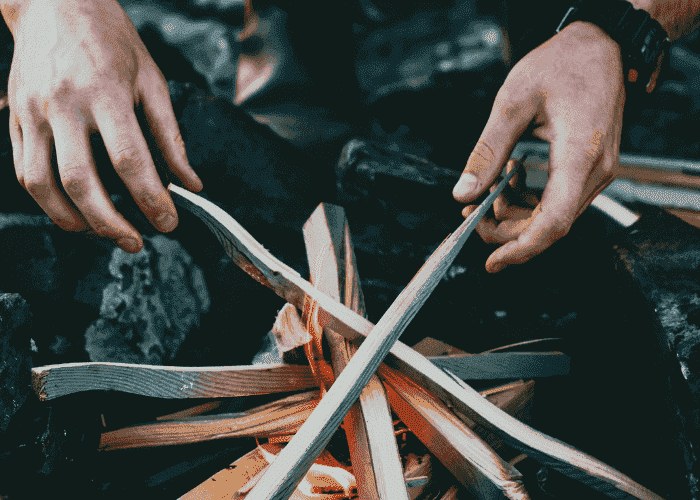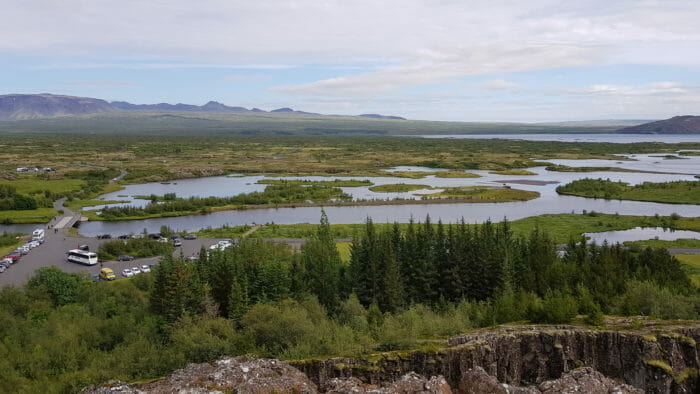The sport of snowboarding has its own special language. For the layman, numerous of the terms we utilize do not make a whole lot of sense.
Snowboarding terms are puzzling to some, but within the sport itself, they are an essential part of the culture.
In most instances, the snowboarding terms do have some logic behind them.
For example, if you refer to getting air, it doesn’t mean to breathe in, instead, it means that you are no longer touching the ground as you are either doing a jump (air) or you have tripped over and flung yourself into the air.

Another example like this is when you do a seatbelt air – When jumping or getting air, you reach the back of your board to grab the tail end of it.
The motion itself looks like the one you would use when putting your seatbelt on.
In all honesty what else would you call it besides seatbelt air?
One crucial structure in snowboarding is the halfpipe.
When you think about it, that is exactly what it is. Well, technically not a pipe but the shape of a pipe.
But don’t go thinking that all terms are that simple.
There are plenty which is baffling and amusing in equal parts, and it’s difficult to decide whether they make the sport seem ridiculous or add to it.
This is particularly the case for many aerial techniques.
A roast beef air? What on earth does it mean?
For those who do not understand, a roast beef air happens when you grab the heel edge of your board in between the bindings with your rear hand.
Maybe a rear heel grab would have been better suited, however, I guess roast beef air is more unforgettable.
A personal favourite is the flying squirrel air.
This is where you grab the heel edge of the board with both hands; the rear hand by the rear foot and the front hand by the front foot.
Whether this suits the strange category or the actual category, I’m not even sure.
Does it resemble a flying squirrel? Vaguely I suppose. A most we can say that whoever created the name had a great imagination.

To add to the confusion, snowboarding terms also refer to pioneers in the sport and different moves.
Like the McTwist may sound like it belongs on a McDonald’s menu, however, it really makes the best sense as a name.
The trick includes an entire lot of twisting and was named after skateboarder Mike McGill, who initially created the manoeuvre.
When Terje Haakonsen came up with an aerial relocation of his own, it was called the Haakon Flip.
Snowboarding terms are an essential part of what many individuals feel is the very best culture on the planet.
Those who have never snowboarded probably think the language of snowboarding is contrived, an obnoxious effort to sound cool.
In some cases, perhaps they’re right, but at the end of the day snowboarding terms contribute to a sport makings peoples lives better.
Finishing a few of these manoeuvres we have discussed can provide you with a buzz that can last for days.
It is among the best sports in the world and one which is catching the creativity of a growing number of people with every coming year.
One of the most accurate snowboarding quotes out there is by the legend Travis Rice, who summed it up as follows:
I would not even call snowboarding a sport. For me it’s simply a way of living.
It’s a chance to finally shut your brain off, and live within the minute.
And, for as long as I am able, I will ride up until the day I pass away.
So if you are a seasoned veteran, or just starting out, making sure to know a few snowboarding terms can really enhance your snowboarding experience.
It’s like speaking a few words in a foreign language when you travel.
It might not be much but it can definitely break the ice and get your foot in the door with other snowboarders.
[socialpug_tweet tweet=”Going out to hit the Pow, Trying to get some Air, Hope I don’t Faceplant ” display_tweet=”Going out to hit the Pow, Trying to get some Air, Hope I don’t Faceplant #snowbaording #lingo” style=”5″]
Here is a short selection of snowboarding terms to get you started:
Air – A jump or leap where the snowboard lifts off the ground.
Backcountry – Terrain outside of resort boundaries with no marked trails and natural obstacles like trees and cliffs.
Backside – A term originating from surfing, the direction in which you turn if you are travelling up a wave and turn so as you back faces the wave.
In snowboarding, it is used to describe your direction of rotation in which the rider spins clockwise in the air if their left foot is facing down the hill (regular). It is the opposite of frontside.
Carve – A perfect turn where the edge of the board digs into the snow, causing the rider to gain speed with each turn.
Ding – A scratch or gouge in the base of the board. Dings can occur if a rider rides over a rock or hits a hard chunk of ice.
Edge – The smooth metal edges that run the perimeter of the snowboard.
Faceplant – When a rider falls on his or her face.
Fakie – Riding backwards or with your non-dominant foot forward. Also referred to as ‘riding switch.’
Goofy – Riding with the front foot forward or facing down the hill.
Grab – To grab either side of the snowboard in the air with the right or left hand.
Grommet (Grom) – Refers to a small, young snowboarder.
Halfpipe – A U-shaped snow structure built for freestyle snowboarding with opposing walls of the same height and pitch.
Invert – A trick where the head is beneath the level of the board and the snowboarder balances on one or two hands.
Jam Session – A competition in which all riders perform in the halfpipe or park at the same time. One rider drops in after the next in no particular order.
Kicker – Large jump with a manmade or natural ramp.
Lip – The top edge of the halfpipe wall.
Nollie – Much like an ollie, except the rider springs off of the nose instead of the tail.
Nose – The front end of the snowboard or tip.
Ollie – Borrowed from skateboarding, an Ollie is to get air by first lifting the front foot, springing off the back foot, then landing on both feet.
Overhang (heel drag) – When the heel drags off the end of the snowboard. Occurs if the bindings are set up incorrectly or if the board is to small for the rider.
Pipe Dragon – A grooming device used to groom half pipes.
Pow – Short for powder; fluffy, freshly fallen snow.
Rail – 1. A snowboard obstacle resembling a handrail for stairs. 2. The sidewall and an edge of a snowboard.
Snurfer – The original snowboard made in 1965 by Sherman Popper. It did not have bindings or edges, but had a rope attached to the nose for steering.
For a comprehensive list of snowboarding, terms check out
What snowboarding terms do you know of and use? Do you get confused at times when snowboarders talk?
Let us know in the comments below and as always make sure to share this post on Facey and Twitter
